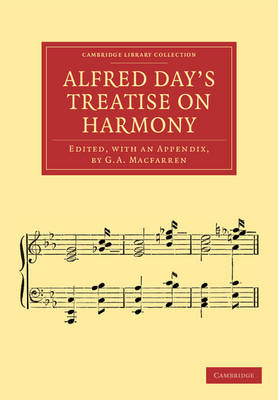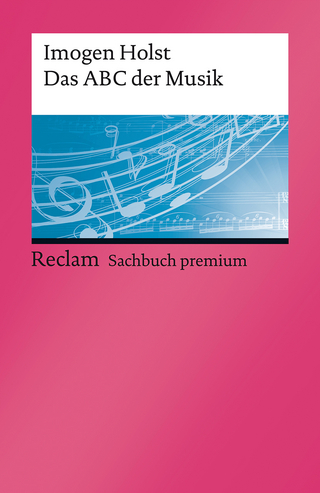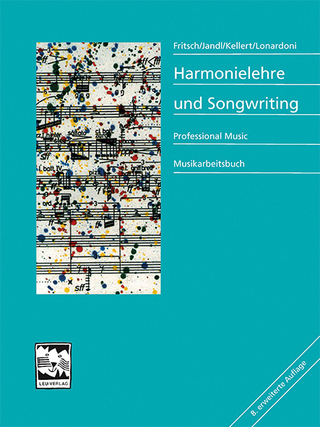
Alfred Day's Treatise on Harmony
Cambridge University Press (Verlag)
978-1-108-03860-7 (ISBN)
Alfred Day (1810–49) first published this controversial work in 1845 to substantial negative criticism. He was encouraged in his enterprise by the composer George Alexander Macfarren (1813–87) who remained a staunch supporter of Day's theories. The work begins with an introduction to Day's new approach to the figured bass and then moves on to set out his concept of diatonic (or strict) harmony and chromatic (or free) harmony. Each is discussed in depth, with sections devoted to common chords and their inversions, discords, pedals and modulation together with a large number of musical examples. This second edition of 1885 by Macfarren includes an additional preface discussing the genesis of the work and supporting its basic premise, together with an extensive appendix presenting his additions and differences of view, developed during the intervening period. Despite its complexity, Day's thinking had considerable influence on later writers on harmony.
Author's preface; Editor's preface; General introduction: of thorough bass; Part I. Diatonic Harmony, or Harmony in the Strict Style: 1. Of intervals; 2. Scales and keys; 3. Of the progression of parts in the diatonic or strict style; 4. Of common chords and their inversions; 5. Of sequence; 6. Of discords; 7. The first species of diatonic discords; 8. The second species of discords; 9. The third species of discords; 10. The fourth species of discords; 11. Of pedals in the strict or diatonic style; 12. Of modulation in the strict or diatonic style; Part II. Chromatic Harmony, or Harmony in the Free Style: Introduction; 13. Of chromatic or fundamental harmony, the intervals used therein, and chromatic scales; 14. Of the progression of parts in chromatic harmony; 15. Of false relation as regards fundamental harmony; 16. Of common chords and their first inversions; 17. Of the second inversions of concords; 18. Of the fundamental sevenths of the dominant, supertonic, and tonic; 19. Of the fundamental minor and major ninths of the dominant, supertonic, and tonic; 20. Of the chord of the fundamental eleventh of the dominant; 21. Of the fundamental chords of the thirteenth of dominant, supertonic, and tonic; 22. Of the chords of the augmented sixth; 23. Of the suspension of fundamental chords; 24. Of mixture of the diatonic and chromatic styles; 25. Of diatonic and chromatic passing notes in the free style, and arpeggios; 26. Of pedals in the free style; 27. Of modulation in the free style; Appendix; Postscript.
| Erscheint lt. Verlag | 19.1.2012 |
|---|---|
| Reihe/Serie | Cambridge Library Collection - Music |
| Zusatzinfo | Worked examples or Exercises |
| Verlagsort | Cambridge |
| Sprache | englisch |
| Maße | 170 x 244 mm |
| Gewicht | 400 g |
| Themenwelt | Kunst / Musik / Theater ► Musik ► Musiktheorie / Musiklehre |
| ISBN-10 | 1-108-03860-3 / 1108038603 |
| ISBN-13 | 978-1-108-03860-7 / 9781108038607 |
| Zustand | Neuware |
| Haben Sie eine Frage zum Produkt? |
aus dem Bereich


